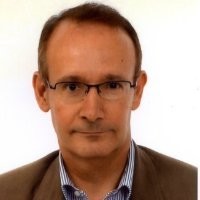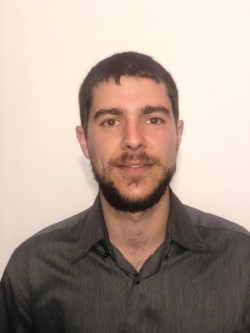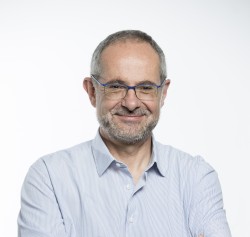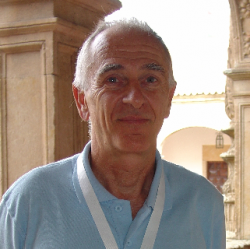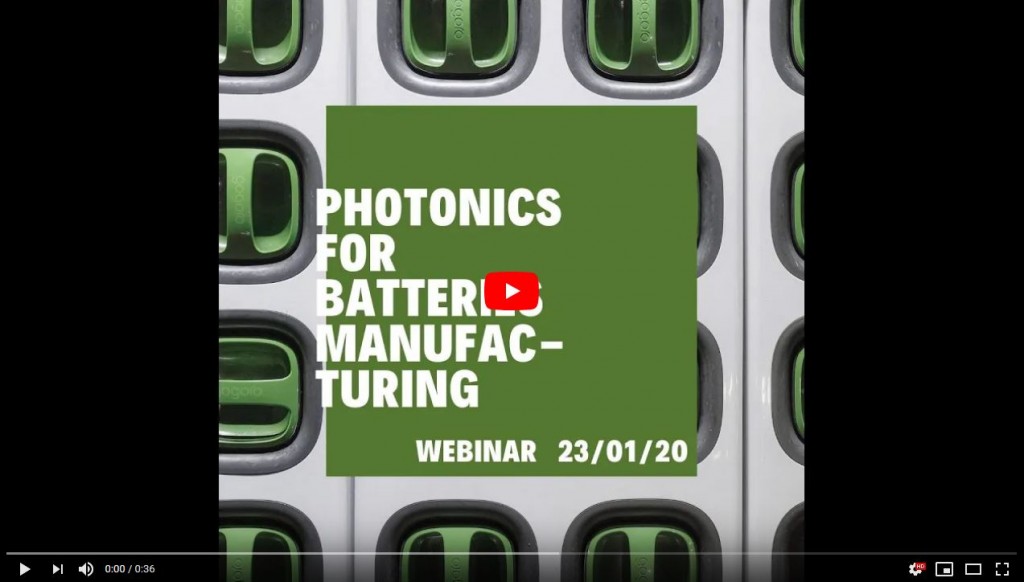Market observers predict that by 2025 one in four new cars worldwide will be electrically powered and that the electromobility market share for 2030 will be between 50 and 75 percent.
Due to this imminent emergence of electric mobility, high-performance battery cells are of great importance. Increased gravimetric and volumetric energy density, as well as reduced production costs, are crucial for greater market penetration. To achieve these goals, understanding the manufacturing processes of lithium-ion batteries is essential. Work is also underway on the manufacturing of conventional lithium-ion batteries with novel materials such as silicon compound anodes, as well as research on the production of solid-state batteries with metallic lithium anodes. Undoubtedly, advances in new battery materials and cell types open a new, wide field of opportunities for development of new laser-based processes.
Laser technologies have multiple applications along the battery production value chain, from electrode production to module assembly. We see how short pulse and ultrasonic lasers are used to introduce microstructures into the electrode material; so that a significant increase in the performance of lithium ion cells can be achieved by enlarging the electrode surface. A pulsed laser cutting process is also used to separate the materials from the electrode, achieving a high quality cut adapted to the flexibility of the shape. A laser welding process is applied for the electrical and mechanical connection of the current collectors in the internal and external contact of the battery cells.
Consequently, laser technology represents a key tool for batteries production, which is why at secpho we have decided to create this webinar aiming to look deeper into the different applications of these technologies and to show how photonics can help to develop the battery manufacturing market. We will focus on these topics through presentations by experts that will be announced shortly.
This webinar will be held in English and is addressed to:
- Technicians and Innovation Directors from companies in fields such as Telecommunications, Defence and Aerospace, Pharmaceuticals, Agri-Alimentary, etc.
- Researchers from R&D centres and companies that are experts in photonic technologies.
Technical requirements to attend the webinar
We will use the Cisco Webex platform that is compatible with Windows, Mac and Linux. You can use browsers such as Internet Explorer, Firefox, Chrome or Safari. You can also attend the webinar through mobile devices using the free Webex apps for iOS and Android.
AGENDA
12:00 Welcome and presentation of the webinar
Gawel Walczak & Álex Turpin. secpho
12:10 Rutronik solutions for the mobility of electric vehicles
Julio Gállego López Clustermoto and Rutronik
Julio is a Telecommunications Engineer by the Polytechnic University of Catalonia and the Ramon Llull University (1982) and hi holds and MBA by the Ramon Llul University (1987). During 1982 – 2008 he worked at Siemens under different and, since 2008 he works at Rutronik, where he is Business Development Manager for passive and electromechanics components. His area of expertise ranges from microcontrollers to power management, optoelectronics, wireless technologies, and home control, among many others.
12:30 Smart modular batteries for motorbikes and microcars
Aleix Gabarró. Clustermoto y Millor Battery
12:50 Laser for batteries manufacturing
Mikel Bengoa. Coherent-Rofin
Mikel is specialist in industrial laser technology with more than 30 years of experience in providing laser solutions for all types of sectors.
Managing Director of Coherent Rofin in Spain, a world leader in the design and manufacture of lasers for industry.
13.10 Ultrashort Pulsed Lasers for Battery Cells Manufacturing
Ainara Rodríguez. CEIT
Ainara is a researcher in the Advanced Powder Metallurgy and Laser Manufacturing Group of CEIT. She received her degree in Telecommunications Engineering from the University of the Basque Country in 2006 and her PhD from the University of Navarra in 2010. Since 2006, her research interests have been focused on laser material processing, including ultrafast processes in materials and Laser Interference Lithography. She has been involved in more than 20 national and international research projects covering both basic and applied research and is co-author in more than 40 peer-reviewed papers and communications in conferences and co-applicant in 3 patents.
13:30 The study of batteries at the ALBA Synchrotron and future perspectives
Salvador Ferrer. ALBA Synchrotron
Graduated in Physics from the University of Barcelona (1974) and doctor in Physics from the Autonomous University of Madrid (1977), Salvador Ferrer has developed his scientific career in the field of chemistry and surface physics. He was the scientist responsible for beamlines in the Grenoble European Synchrotron (France) from 1988 to 2004. He has been Scientific Director of the ALBA Synchrotron from 2004 to 2011, and since 2012 he is the Associate Director.
13:50 The use of synchrotron radiation in battery research
Ashley Black. ICMAB- CSIC
Dr. Ashley Black received his M.Sc. in Chemistry (2011) and PhD in Materials Science (2017) from the Autonomous University of Barcelona working on functional oxynitride materials with luminescent, magnetic and catalytic properties at the in the Institut de Ciencia de Materials de Barcelona (ICMAB-CSIC, Spain). He is currently working as a postdoctoral fellow in Institut de Ciencia de Materials de Barcelona (ICMAB-CSIC, Spain). He is currently involved in several European research projects (CARBAT, H2020-FETOPEN and E-MAGIC H2020-FETPROACT) and his research is mainly focused on cathode development for multivalent rechargeable batteries (Ca and Mg).
Watch the promotional vídeo:
If you are interested in participating, please register through the form below and we will keep you informed.

